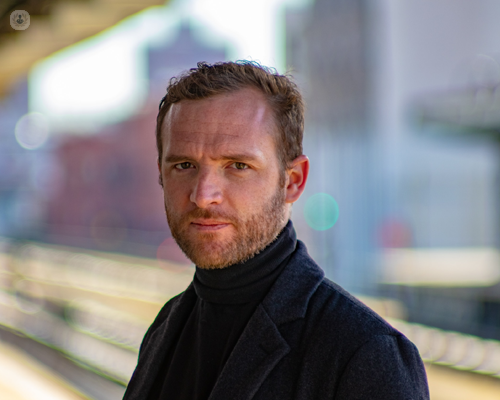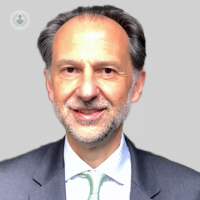Transforming prostate cancer care: The promise of focal therapy
Written in association with:Prostate cancer is one of the most common cancers in men, yet its treatment often presents significant challenges. Conventional approaches like surgery or radiation therapy can effectively target the disease but are often accompanied by potential side effects, such as urinary incontinence or sexual dysfunction. Focal therapy, an innovative treatment option, is transforming the landscape of prostate cancer care, offering a less invasive approach while preserving quality of life.

What is focal therapy for prostate cancer?
Focal therapy is a minimally invasive treatment designed to target and eradicate cancerous tissue within the prostate while sparing healthy tissue. Unlike traditional methods that treat the entire prostate, focal therapy focuses only on the tumour or affected areas, reducing the risk of collateral damage. This approach is particularly suitable for men with localised, low- to intermediate-risk prostate cancer.
Focal therapy can utilise various techniques, including:
- High-intensity focused ultrasound (HIFU): Uses ultrasound waves to heat and destroy cancer cells.
- NanoKnife: A minimally invasive treatment that involves using quick electrical pulses to target hard-to-reach tumours of the prostate.
- Cryotherapy: Freezes and destroys cancerous tissue using extreme cold.
- Photodynamic therapy: Involves injecting a photosensitising agent that activates when exposed to light, killing cancer cells.
- Focal laser ablation: Employs laser technology to precisely eliminate the tumour.
What are the benefits of focal therapy?
The advantages of focal therapy extend beyond its cancer-targeting precision. Key benefits include:
- Minimised side effects: Reduced likelihood of complications such as urinary incontinence and erectile dysfunction compared to whole-gland treatments.
- Shorter recovery time: As a minimally invasive option, focal therapy typically allows patients to recover faster and return to daily activities sooner.
- Customised care: Enables personalised treatment based on the size, location, and characteristics of the tumour.
How is focal therapy for prostate cancer performed?
Focal therapy procedures are typically outpatient treatments, performed under local or general anaesthesia. The process involves:
- Pre-treatment imaging: MRI or ultrasound scans help to identify and precisely map the tumour.
- Targeted intervention: Depending on the chosen method, the treatment device - such as an ultrasound probe or cryotherapy applicator - is carefully guided to the tumour site.
- Monitoring: During the procedure, advanced imaging ensures accurate application and minimises harm to surrounding tissues.
- Post-treatment follow-up: Patients are monitored for recurrence through periodic imaging and PSA tests.
Who is eligible for focal therapy for prostate cancer?
Focal therapy is most effective for men whose cancer is:
- Localised to the prostate (without evidence of spread).
- Low to intermediate risk, based on PSA levels, Gleason score, and imaging findings.
- Limited to specific areas within the prostate, as determined by biopsy and imaging.
Patients with more aggressive or widespread disease may require alternative treatments, such as surgery, radiation or systemic therapies.
Advancing prostate cancer care
As a cutting-edge approach, focal therapy represents a promising advance in prostate cancer care. By combining precision medicine with innovative technology, it offers a pathway to effective treatment with fewer side effects. While ongoing research continues to refine and expand its applications, focal therapy is already reshaping how clinicians approach prostate cancer, prioritising both disease control and patient quality of life.
Men diagnosed with prostate cancer should discuss the full range of treatment options, including focal therapy, with their healthcare provider to determine the best course of action based on their unique circumstances.


